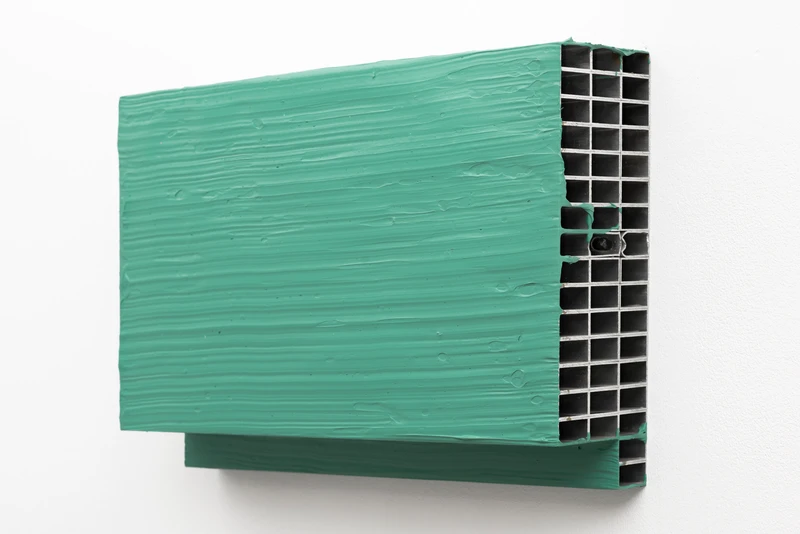Cabrita


b. 1956, Portugal
Pedro Cabrita Reis (Cabrita) was born in 1956 in Lisbon, the city where he currently lives and works. He has participated in many international exhibitions, such as the 59th Venice Biennale, ''Field'' a large-scale sculpture within Chiesa di San Fantin, Venice, Italy; Documenta XIV (2017), A Remote Whisper, a collateral event of the 55th Venice Biennale (2013), 10th Biennale de Lyon (2009). In 2003, he represented Portugal at the 50th Venice Biennale. Among the past main shows: Documenta IX in Kassel in 1992; the 21st and 24th São Paulo Biennales, respectively in 1994 and 1998; and the Aperto section of the 47th Venice Biennale in 1997.
Among his solo shows: Centro de Arte Contemporáneo de Málaga (2020); Centro Galego de Arte Contemporánea, Santiago de Compostela; Serralves Museum of Contemporary Art (2019); MAXXI, Rome (2016); The Arts Club, Chicago (2015); Museu Coleção Berardo, Lisbon (2011); Pinacoteca Do Estado, São Paulo (2010); Hamburger Kunsthalle (2010); Museo Tamayo Arte Contemporaneo, Mexico City (2009); Fondazione Merz, Turin (2008).
His group exhibitions include: The Three Graces, Jardin des Tuileries, Paris, France(2022) ;The Last Supper, Sprovieri, London, UK (2021), Museo de Arte de Zapopan, Guagalajara, Mexico (2019); Bernado Museum, Lisbon, Portugal (2018); Centre d'Arte Contemporain Meymac, Meymac, France (2018); FRAC Provenance-Alpes-Côte d'Azur, Marseille, France (2017); and Museo Cantonale d'Arte, Lugano, Switzerland (2013).
Cabrita Reis’s work has steadily received international acknowledgement, thus becoming crucial and decisive for the understanding of sculpture from the mid-1980s onwards. His complex practice is characterised by an idiosyncratic philosophical and poetical discourse embracing a great variety of means: painting, photography, drawing and sculptures composed of industrial and found materials alongside manufactured objects. Amongst Cabrita’s key elements are heavy steel bars, found windows and door frames and many of his works incorporate fluorescent strip lighting. Use of light is used frequently to divide, define and illuminate space whereas, besides the study of the window as a renaissance structure opening new perspectives on the space, Cabrita Reis puts particular emphasis on its physical construction. The concept of windows creates a direct relation between image and environment in a mechanism that employs the basic structures of the surrounding architecture. On the one hand, through the technical potentiality established in the making of the work, and on the other, carrying out a direct association with the light.
Focused on questions relative to space and memory, the equilibrium between light and matter is expressed in the balance between architecture and image and "creates a reality in its own right, instead of reproducing it”. (Cabrita).